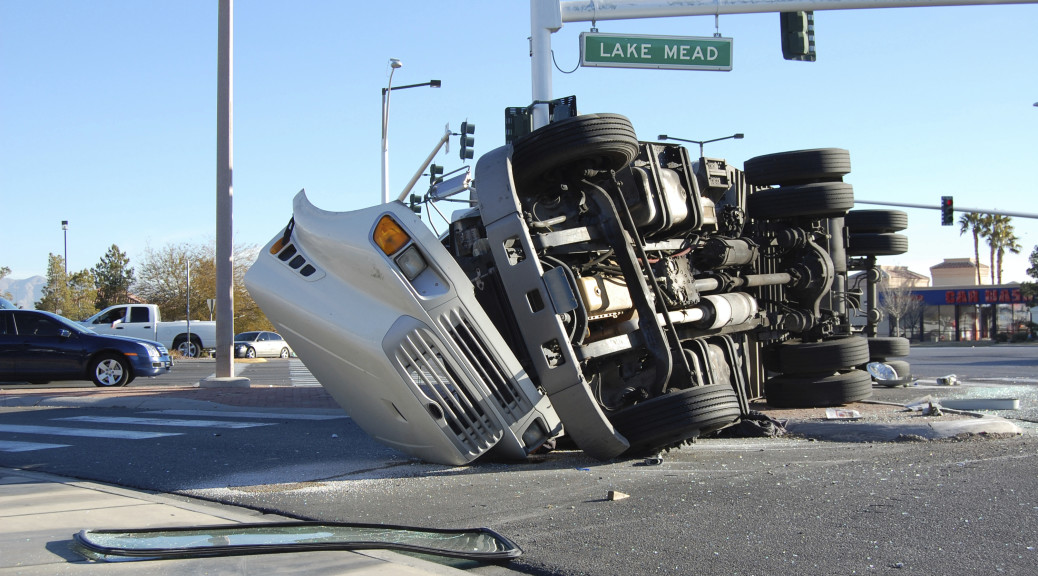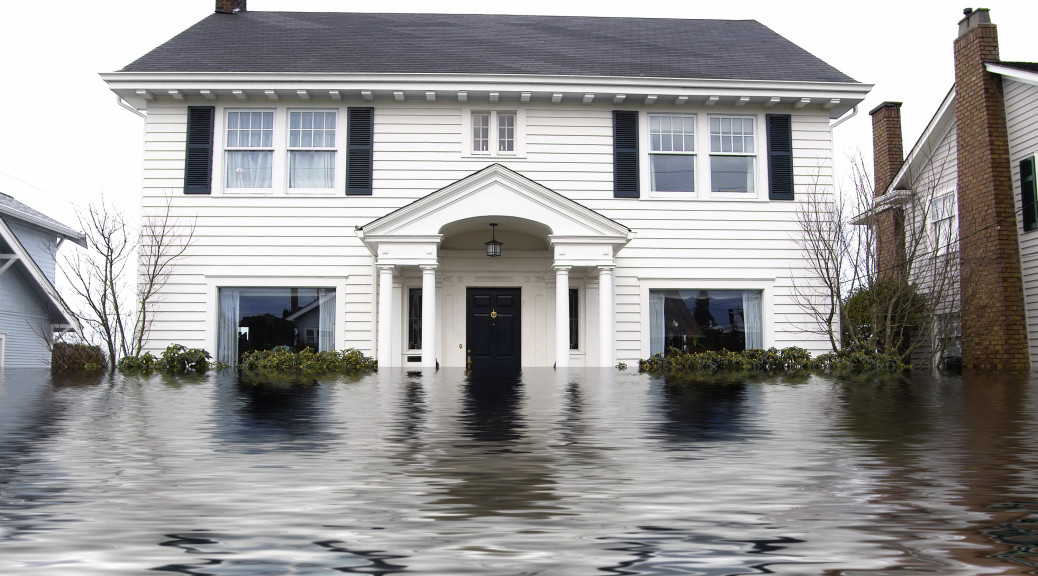Building Science, Building Enclosure, Building Envelope Monitoring
It’s a familiar scenario in science fiction novels and movies: A catastrophic event of some kind occurs, and Earth’s human population is wiped out, leaving the rest of the world intact. What would happen then? Nature would get on just fine without us. Though our family pets might find it challenging to fend for themselves, wild animals would proliferate, and vegetation and forest cover would thrive and spread.
But what about the built environment? Just like the common automobile, ski slope, or nuclear reactor, buildings and infrastructure need our constant care and maintenance. Without it, the natural elements would ravage our structures, which would effectively die and be swallowed by nature completely.
Within just two to five years of neglect, most buildings would show evidence of water damage. With no one to maintain building grounds, unchecked plant and tree growth against a structure would lead to an increase in moisture levels. High moisture content means harmful growth of molds, mildew, algae and even creeping plants that can cause cracking in the building’s exterior, leading to water penetration.
Untamed vegetation wouldn’t be the only threat. Exposure to weather over time would also lead to decay. Without regular maintenance, rain, wind, sun exposure and frost could cause corrosion and cracking on the exterior of a building, leading to even more opportunities for water damage.
Within just 15 to 20 years, dramatic building envelope damage would be evident. Once a building’s envelope is compromised, the natural elements are able to work their way inside a building, causing interior walls and ceilings to swell and crack or sag, leading to eventual collapse of the structure.
Though most buildings aren’t so completely neglected as suggested in our science fiction scenario, it helps to illustrate how a little proactive building maintenance can prevent costly structural failures down the road.
SMT’s Investigative Monitoring solution makes it possible and economical to monitor the health and performance of commercial and residential structures, and provide early warning detection on structural failures.
Using a variety of on-site sensors that measure factors such as moisture, differential pressure, temperature and humidity, SMT’s technology monitors a building system over time, and analyzes data online. When a problem is detected, wired or wireless electronics provide feedback in real time, with status reports sent directly to your email inbox.
Construction liability for moisture and mold is on the rise, and insurers are responding by eliminating water damage coverage from their policies. With SMT’s early warning moisture detection system, building owners and other stakeholders are made aware of their building’s moisture characteristics and accumulation locations, and can take action before moisture causes severe damage. Changes in weather and other environmental factors are automatically correlated to moisture-related events within the structure that is being monitored.
The parameters of temperature, relative humidity and direct material moisture content are of primary concern for long-term monitoring, investigation and risk mitigation. The temperature and relative humidity sensors enable the monitoring of the wall or roof cavity air space conditions including dew points, vapor pressure and condensation potential. The direct moisture content gives the amount of moisture in the external wall sheathing which can come from exterior leaks in the cladding or from condensation or moisture sources from the interior occupants.
SMT’s Building Analytics on-line monitoring center provides data collection, processing, analysis, graphical display and long term storage of sensor data. Analytics tracks the state of each job and sensor to alert users promptly when issues arise. Automated reports, drawing sensor overlay status and dashboard information presentation make the Building Analytics web based software a key to understand the information coming from the sensors.
Communication from the sensors and data acquisition system internal to the Building Analytics On-line Monitoring Center can be achieved mainly by two methods: wireless live or wireless data logging communication.
Wireless Live Communication
Wireless live communication is an excellent solution for short or long term monitoring in any type of structure with-in the approximate 300 foot wireless coverage to the Building Intelligence Gateway (BiG), pending wall types and wireless interference which are installation site specific. An extension receiver or repeater can be installed with-in the building to expand the area of coverage from the wireless system. Most common areas of wireless extension coverage are located on roof tops or through vertical risers to reach sensors and A2 data acquisition nodes on different floors.
The A2 node endpoints do not need reprogramming or configuration when entering a Wireless Point to Point (live) network from a Data logging remote data collection methodology – this feature is excellent for transition from construction monitoring to permanent long term monitoring projects at a low cost.
Wireless Data Logging Communication
Wireless Data Logging systems enable the sensors and data acquisition hardware to be installed in sparse configurations, and installed in specific areas of interest, eliminating the immediate need to install communication wires or wireless receivers permanently or semi-permanently in the building. The wireless data logging equipment can be embedded in the wall, roof or alternative areas located with-in which are hard to access or require permission to retrieve. The sensors and acquisition system can be installed on high elevations on the side of the building or located within private suites.
Simply bringing a notebook PC with a receiver into the proximity of 300 feet (pending on construction type) from the sensor location retrieves the data through wireless means. The physical access to the data logger is no longer required to retrieve data as in the case of USB data loggers. The expense of a permanently installed remote gateway and site Internet connection is eliminated.
Our real-time sensor analysis and remote data collection enable engineers and researchers to validate their designs, materials and methods, while reinforcing quality assurance throughout varied forms of construction & renovation. This creates more efficient buildings, with a lower environmental impact and monetary cost.
Building intelligence monitoring kits can be installed during or after construction, and can be tailored for each project. The monitoring systems are a cost-effective way to have detailed information about a structure made available at your fingertips. This information can help you extend the life of your building.
This technology can have great value to Investigative Engineers, Insurance Carriers and Self Insured Companies in properly assessing their claims and mitigating additional building damages in the future.
Additional technical information is available for member firms in the www.ienga.com video library recorded from Convention 2010.
Article By: Jason Teetaert, P.Eng., Structural Monitoring Technology


